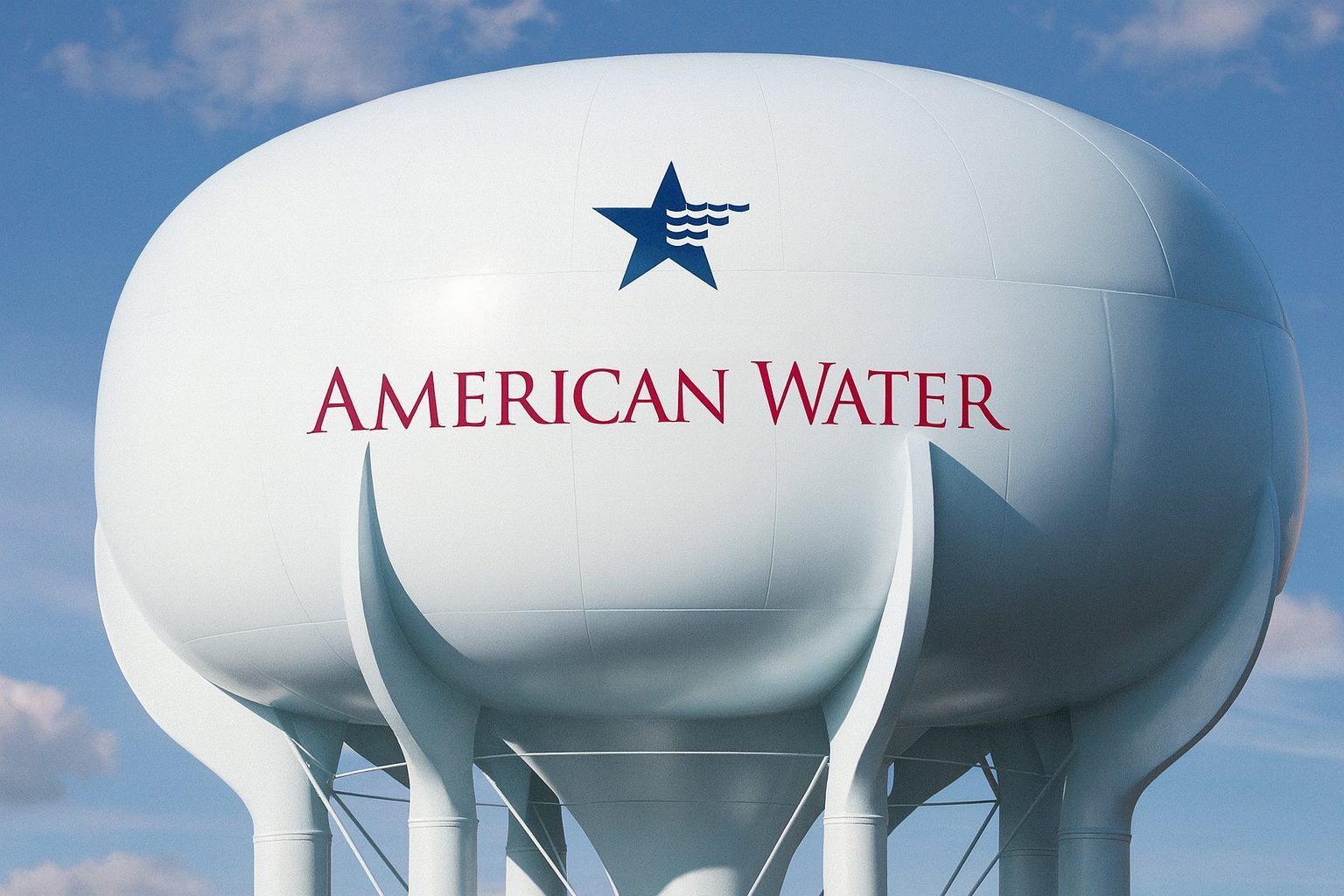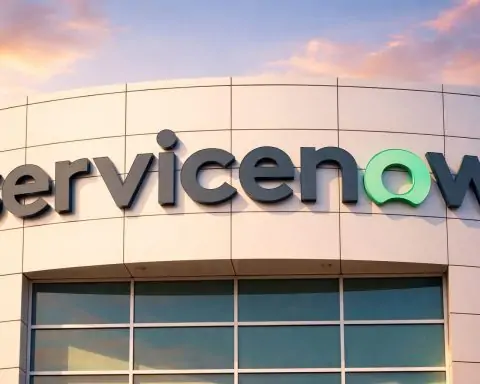Published: November 26, 2025
As New Jersey American Water and its charitable foundation roll out a new round of community grants across the Garden State, residents in an Illinois “North End” neighborhood are fighting a familiar battle: how to repair and preserve vulnerable housing without handing their community over to outside redevelopers. [1]
Taken together, these stories show how much is riding on relatively modest pools of philanthropic and public money—and how sharply communities are insisting that investment translate into real, tangible repairs on the ground.
New Jersey American Water’s 2025 Community Advancement Grant Program
On November 25, the American Water Charitable Foundation and New Jersey American Water announced the recipients of the 2025 Community Advancement Grant Program, part of the foundation’s State Strategic Impact Grant initiative. [2]
The program awarded $25,000 in total funding to 10 organizations working with residents who often have the least access to opportunity and services across New Jersey. [3]
According to the press announcement, this year’s Community Advancement Grant recipients and their funded projects include: [4]
- A Hand to Hold, Inc. – Expanding Pathways to Success and youth hygiene pantry initiatives to support young people and families in Camden.
- Domestic Abuse & Sexual Assault Crisis Center of Warren County – Increasing community access to safety and support services for survivors.
- Feeding Hands, Inc. – Growing the Kids in the Kitchen program that teaches healthy cooking skills to children in need.
- HABcore, Inc. – Expanding services that provide permanent, supportive and affordable housing to homeless families, veterans and individuals with special needs. [5]
- Hairy’s Dog House – Scaling up outreach programs that bring therapy animals and emotional support to children in hospitals. [6]
- JPELITE Enterprise – Enhancing the Young Engineers Enrichment Program to expose more students to STEM skills and careers. [7]
- Meeting Essential Needs with Dignity, Inc. (MEND) – Extending a mobile fresh-food market to more neighborhoods in Essex County, where MEND already anchors a network of more than 40 food pantries focused on healthy, culturally relevant food. [8]
- New Jersey Blind Citizen Association, Inc. – Improving quality of life programming for visually impaired residents. [9]
- Tara’s Happy Boxes – Expanding wellness and comfort services for children coping with serious challenges. [10]
- VET4U, LLC – Increasing outreach and support for homeless veterans. [11]
In the announcement, New Jersey American Water president Mark McDonough said the grant program is designed to “strengthen communities across New Jersey” and honor organizations that expand opportunity and deepen community connections. [12]
The funding comes through the American Water Charitable Foundation’s broader “Keep Communities Flowing” framework, which focuses on three pillars: Water, People and Communities. Since 2012, the foundation has invested more than $20 million in grants and matching gifts across American Water’s national footprint. [13]
Regional business outlet ROI‑NJ also highlighted the grant recipients last week, underscoring how the New Jersey-based utility’s charitable arm is increasingly stepping into roles traditionally filled by government or large nonprofits—especially around housing stability, hunger relief and youth services. [14]
Beyond One Grant Cycle: A Growing Utility-Philanthropy Footprint
The Community Advancement awards sit alongside a web of other programs funded by the American Water Charitable Foundation and its state partners:
- The Water & Environment Grant Program awarded more than $209,000 this year to nine projects across New Jersey American Water’s service territory, including a grant to New Jersey Audubon to support hands-on watershed education at Scherman Hoffman Wildlife Sanctuary. [15]
- Separate Hydration Station grants are helping install bottle-filling stations in schools and community centers, while workforce initiatives like Water UP! in Essex County are preparing residents for jobs in the utility sector. [16]
For New Jersey American Water, philanthropy is increasingly framed not as charity on the side, but as part of a larger strategy around resilience, equity and workforce development—particularly in communities that have long faced underinvestment in infrastructure and social services.
That’s where the connection to current housing debates in the Midwest becomes hard to ignore.
In Champaign’s North End, Residents Want Repairs — Not Redevelopers
Hundreds of miles from Camden, residents in the North End of Champaign, Illinois, are watching the fate of a damaged senior apartment complex with growing unease.
Local coverage from The News‑Gazette—amplified through regional news aggregators—describes a push by local authorities to rezone a low‑income senior apartment building that was heavily damaged in a 2024 fire, clearing the way for badly needed repairs. [17]
Associate Planner Lily Wilcock summed up the condition of the building starkly: the structure is “in dire need of repair and cannot be repaired as a non‑conforming structure.” [18]
Residents, however, are wary. The original News‑Gazette headline—“North End residents want to see repairs, not redevelopers”—captures a tension that has played out in countless neighborhoods facing disinvestment: people want safety and code compliance, but they also want to stay in place, not be priced out or displaced if a redevelopment deal brings in new, higher‑rent projects. [19]
A recent explainer aimed at seniors and caregivers describes the stakes this way:
- The rezoning would make it legally possible to fix and reopen the damaged senior complex, preserving affordable housing for older adults on limited incomes.
- Without those changes, the property could become a target for demolition and higher‑end redevelopment, leaving residents with few comparable options.
- The situation underscores just how fragile housing stability is for low‑income seniors, especially after disasters like fires. [20]
In other words, for North End residents, “investment” only feels like progress if it keeps seniors safely housed in their own neighborhood, instead of treating the fire as an opportunity to transform the site into something newer but less accessible.
What These Stories Have in Common: Local Control and Long‑Term Stability
On the surface, a $25,000 grant program in New Jersey and a rezoning fight in an Illinois neighborhood might look unrelated. But they sit on the same fault line: who gets to decide what “improvement” looks like, and who benefits when outside money arrives.
1. Small Dollars, Big Expectations
The Community Advancement Grant pool is relatively modest—ten organizations splitting $25,000—yet the expectations are huge: expanded youth programs, deeper food access, more supportive housing capacity and better services for veterans, survivors and children. [21]
Similarly, in North End, a single rezoning decision could mean the difference between:
- retaining dozens of units of affordable senior housing, or
- seeing that site transition to a new, more profitable use that current residents can’t afford. [22]
In both cases, relatively small levers—a grant application, a zoning amendment, a fire code inspection—can have outsized consequences for people’s ability to stay rooted in their communities.
2. Housing as Critical Infrastructure
Organizations like HABcore and MEND, now backed by New Jersey American Water’s 2025 grants, already treat housing and food access as core infrastructure, not optional extras. HABcore’s mission centers on permanent, supportive housing for homeless families, veterans and individuals with special needs, while MEND coordinates a countywide network of pantries and mobile markets. [23]
The North End debate is, at heart, about the same thing: Is a damaged building for low‑income seniors a disposable asset or a critical piece of the local safety net that deserves every possible tool—rezoning, grants, public funds—to bring it back online?
3. Community Voice vs. Top‑Down “Revitalization”
Both stories also highlight a growing insistence that community members—not just agencies, foundations or developers—define success:
- In New Jersey, grant language stresses community‑driven projects, and many recipients are smaller, deeply embedded nonprofits with lived experience in the communities they serve. [24]
- In Champaign’s North End, residents are publicly drawing a line between repairs that keep them housed and redevelopment that might erase their neighborhood’s character and affordability. [25]
That’s a subtle but important shift from older models of “urban renewal,” where decisions were often made for neighborhoods rather than with them.
Why This Matters Now
As of November 26, 2025, cities and utilities across the country are juggling multiple crises at once: aging infrastructure, rising construction costs, federal funding uncertainty and an aging population with growing housing and care needs.
In that context:
- Targeted grants from corporate and utility foundations—like New Jersey American Water’s Community Advancement awards—can help community organizations survive budget shocks, maintain services and pilot new approaches to housing and food security. [26]
- Local zoning decisions—like the one facing North End’s damaged senior complex—can either lock in affordable housing for another generation or accelerate displacement at a moment when seniors have few alternatives. [27]
For readers following today’s news on Google Discover or Google News, the through‑line is simple but urgent:
Communities don’t just need more money—they need that money, and the rules attached to it, to line up with what residents are actually asking for: safe, stable homes and services that let them stay where they are.
Whether it’s a Camden youth program, a Red Bank supportive housing nonprofit, an Essex County food network or a senior apartment building in Champaign’s North End, the real test of any “community investment” in 2025 will be whether residents themselves can see and feel the repairs—rather than just another round of redevelopment.
References
1. www.businesswire.com, 2. www.businesswire.com, 3. www.businesswire.com, 4. www.businesswire.com, 5. habcore.org, 6. www.businesswire.com, 7. www.businesswire.com, 8. mendnj.org, 9. www.businesswire.com, 10. www.businesswire.com, 11. www.businesswire.com, 12. www.businesswire.com, 13. www.businesswire.com, 14. www.roi-nj.com, 15. snjtoday.com, 16. amwater.com, 17. mail.vermilionweather.com, 18. mail.vermilionweather.com, 19. mail.vermilionweather.com, 20. micasita.ca, 21. www.businesswire.com, 22. micasita.ca, 23. habcore.org, 24. www.businesswire.com, 25. mail.vermilionweather.com, 26. www.businesswire.com, 27. micasita.ca







